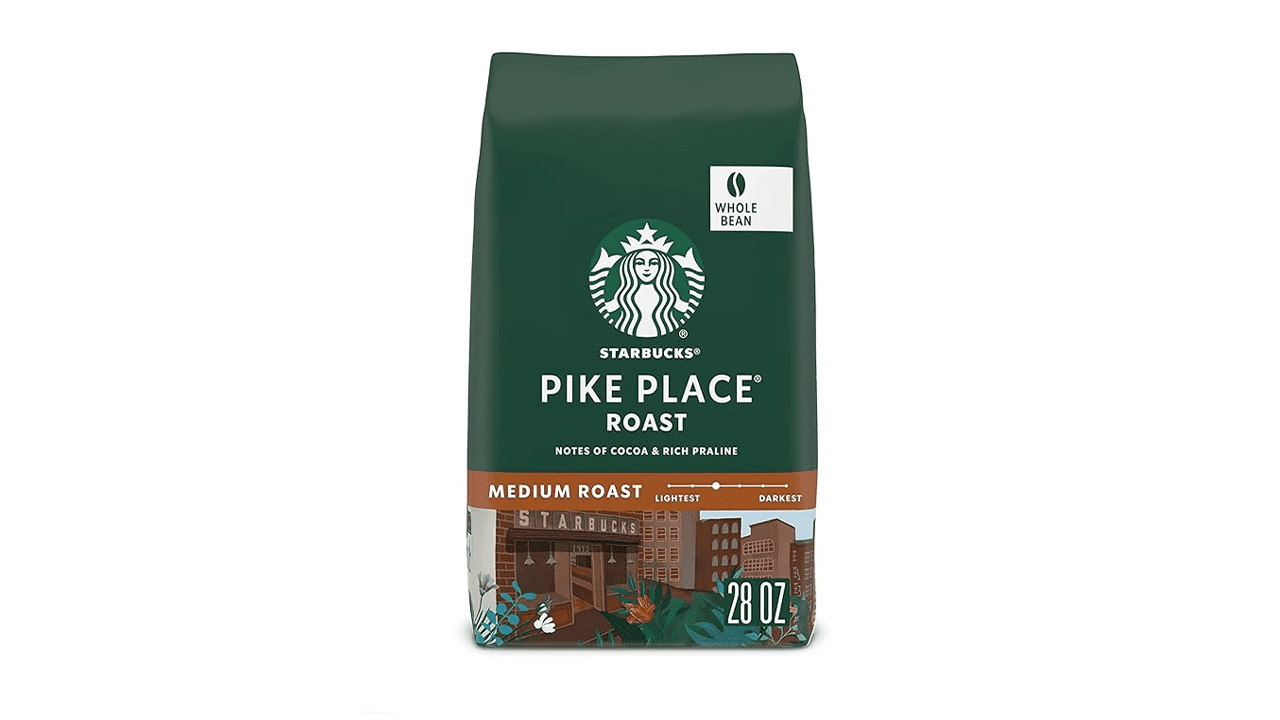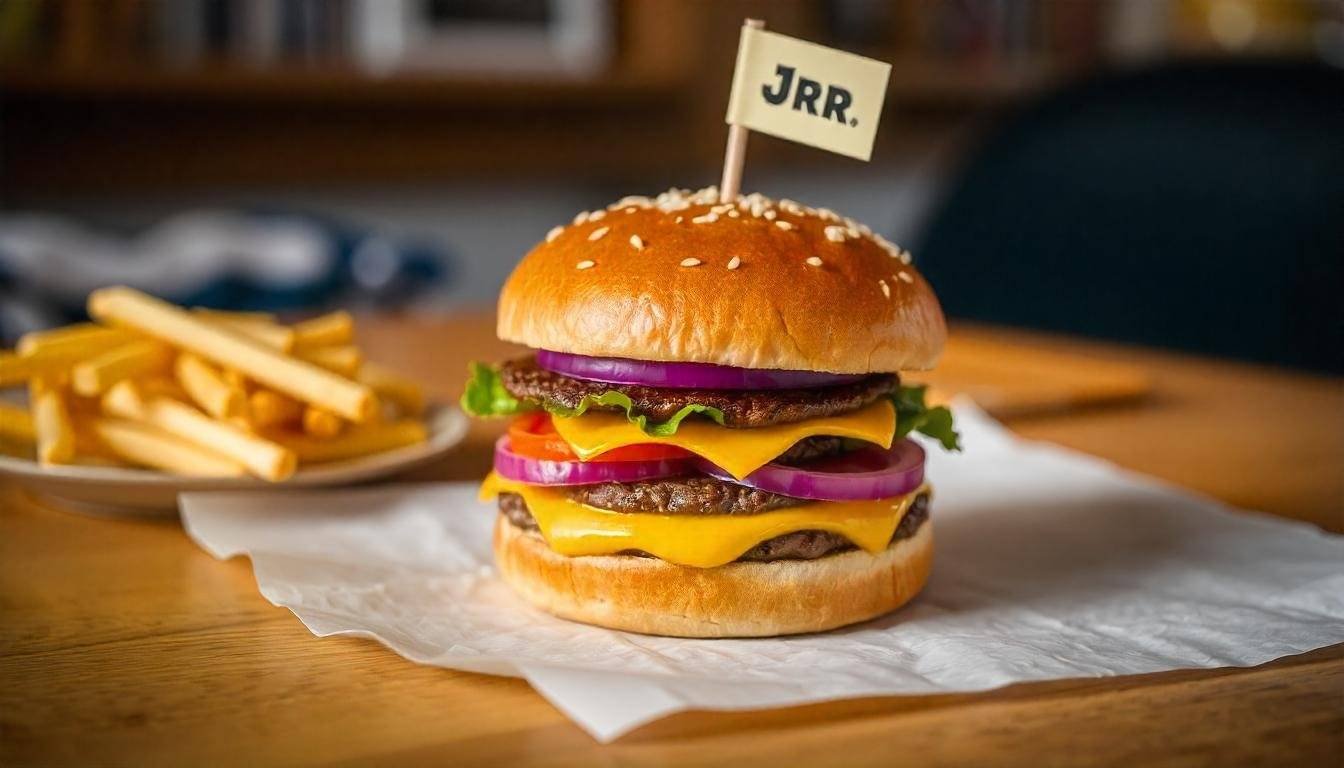So, which light roast versus dark roast coffee is the best option for you? Today we’re going to debunk some common myths and misconceptions and uncover some surprising facts about things that even the most avid coffee lovers may not know. By the end of this article, you’ll know how to pick the best coffee for your taste preferences, which brewing methods will give you the most delicious results, and what you’ll want to avoid.

Science Behind Coffee Roasting
First things first, it’s crucial to understand the foundation upon which these roasts are built. The process of coffee roasting is both an art and a science. It all begins with raw, green coffee beans. These beans are the seeds of coffee cherries and are naturally green with a grassy, earthy smell. Roasting starts with heating the beans. As the temperature rises, the beans change from green to yellow, then varying shades of brown. This is where chemistry meets magic, with hundreds of chemical reactions occurring, each influencing the flavor and aroma.
The First Crack: How Coffee Roasts Develop
A pivotal moment in roasting is the first crack. This is a physical reaction where beans expand and crack open, much like popcorn. It’s at this stage that light roasts are often achieved. Light roasts retain more of the beans’ original character, often resulting in higher acidity and more complex, subtle flavors. After the first crack, roasters decide how much longer to develop the roast. This development time is crucial. It’s where the darker roasts are crafted, as the beans undergo further caramelization, and oil starts to surface. Dark roasts bring out deeper, richer flavors, like chocolate or nuts, often with a smoother feel due to the reduced acidity. Medium roast coffee is going to be a balance of the two. Once the desired roast level is reached, beans are cooled rapidly to stop the roasting process. This is just as vital as the roasting itself. Proper cooling locks in the flavor and ensures that the beans don’t overcook.

The Hidden Truth About Dark Roast Coffee
Now we’ve got the basics covered, let’s jump into what you can do to get the most flavor out of your beans. But before that, I want to reveal a surprising truth about dark roast coffee that many are unaware of. Sometimes, those dark, glossy beans might be hiding something not so great. In the coffee world, we sometimes come across beans that are, well, not up to par. We’re talking about beans that are broken, split, unripe, or just damaged in some way. Ideally, these should be picked out because even a few bad beans can really spoil the taste of your brew. But here’s the twist: some roasters, in an effort to save time and money, might just leave these less-than-perfect beans in the batch. Their trick? They roast them really dark. This not only hides these defects from sight, but it can also lead to a bitter and pretty unpleasant cup of coffee.
Tips for Choosing and Storing Dark Roast Coffee
So, what can you, as a coffee enthusiast, do to avoid this pitfall? My top tip is to steer clear of dark roast if you’re not sure about the quality. And as always, aim for specialty coffee over commodity beans. Specialty coffee is all about quality and transparency, so you’re much less likely to encounter these issues. It’s also worth noting that dark roast coffee beans are more porous as the bean degrades during the roasting process. This means it goes stale more quickly, and it’s easier for the air to get inside the beans. To overcome this, make sure you buy freshly roasted beans, grind them yourself, and try not to leave them hanging around for too long. As always, proper storage helps with this. Store them in a cool, dark, dry place in an airtight container if possible.

Caffeine in Light vs. Dark Roasts
A common myth is that dark roast has more caffeine. However, the truth is a little bit more complex. In reality, light roast can retain slightly more caffeine because the roasting process is shorter, but the difference is pretty minimal. The caffeine content is far more influenced by how you brew your coffee and the type of coffee bean itself. The Robusta coffee bean has a lot more caffeine than Arabica coffee beans, around twice as much, but due to their stronger, harsher, less acidic, and more bitter flavor, longer roasting helps to mitigate some of the bitterness and brings out a fuller body, which is characteristic of many Robusta blends. This is probably where the myth stems from, as Robusta beans are almost always roasted super dark. Arabica beans, on the other hand, are known for their wide range of complex flavors, including notes of fruit, berries, chocolate, and nuts, making them more suitable for light to medium roasts. They’re considered superior in quality and preferred by many.
Now, I want to share a few simple changes that can give you big results when brewing coffee, depending on its roast level.
Brewing Light Roast Coffee
When brewing your light roasts, most likely you’re going to want to use something like a V60 dripper, an AeroPress, or even a French press. You can make espresso with light roasts, but it’s a bit less common.
First of all, it’s something you might not have thought about before, but when you hear it, it’s going to make a ton of sense: the temperature of your water. It’s harder to extract light roast coffee, so to make it easier, hotter water will work better. Aim for somewhere in the range of 96 to 98 degrees Celsius, or 206 to 208 Fahrenheit. That means it should be the right temperature as soon as it’s boiled. By the time it leaves the kettle and hits those beans, it should have dropped to the right temperature. You can get kettles with a built-in thermometer, and I recommend you get one and experiment with it to find what works best for your coffee.
Darker roasts are less dense, and because of this, they don’t require as much energy to extract. So, you’ll be able to use a lower temperature for a super smooth brew. If using something like an AeroPress or a French press to brew, you can aim for something like 85 to 90 degrees Celsius, which is 185 to 195 Fahrenheit. Just leave the kettle for about a minute or two of the heat, and you should be around the correct temperature. With medium roasts, around 88 to 94 Celsius will work well, which is around 190 to 200 Fahrenheit. Just leave the kettle for a minute off the boil to get the right temperature.
Secondly, when brewing a lighter roast, you’ll want to go with a slightly smaller grind size and a slightly longer brew time, as it takes longer for the water to penetrate the beans and extract all of the light roast goodness. The finer grind size means a larger surface area, so the water can extract the goodness out of your beans a lot quicker.
Brewing Dark Roast Coffee
As we mentioned earlier, darker roasts are slightly more porous, so it’s easier for the coffee to be extracted, which is why you may want to go with a slightly coarser grind size when brewing your dark roast coffee. Medium roasts are often the most versatile and lend well to pretty much any brewing method.
Darker roasts, known for their rich, bold flavors and smoothness, are complemented by brewing methods that enhance these qualities. Consider these options:
- French Press: The immersion brewing style of this is perfect for dark roasts. It allows the oils and rich flavors of the beans to be fully extracted, resulting in a full-bodied, robust cup. The coarse grind used in this method can prevent over-extraction, which is a concern for darker roasts.
- Espresso: Dark roasts are often the go-to choice for espresso due to their bold flavor and ability to produce a rich, creamy crema. The high pressure and short extraction time of an espresso machine works well with a dark roast’s oily, more caramelized nature.
- Moka Pot: For those who love a strong, intense coffee, the mocha pot is an excellent choice for dark roasts. It brews under pressure, similar to an espresso machine, but it’s more accessible and easier to use at home, producing a concentrated, flavorful cup.
Each of these methods brings out different qualities in light and dark roasts, and experimenting with them can be a delightful journey in itself. So explore these methods and find the one that best suits your taste and the characteristics of your preferred roast.









